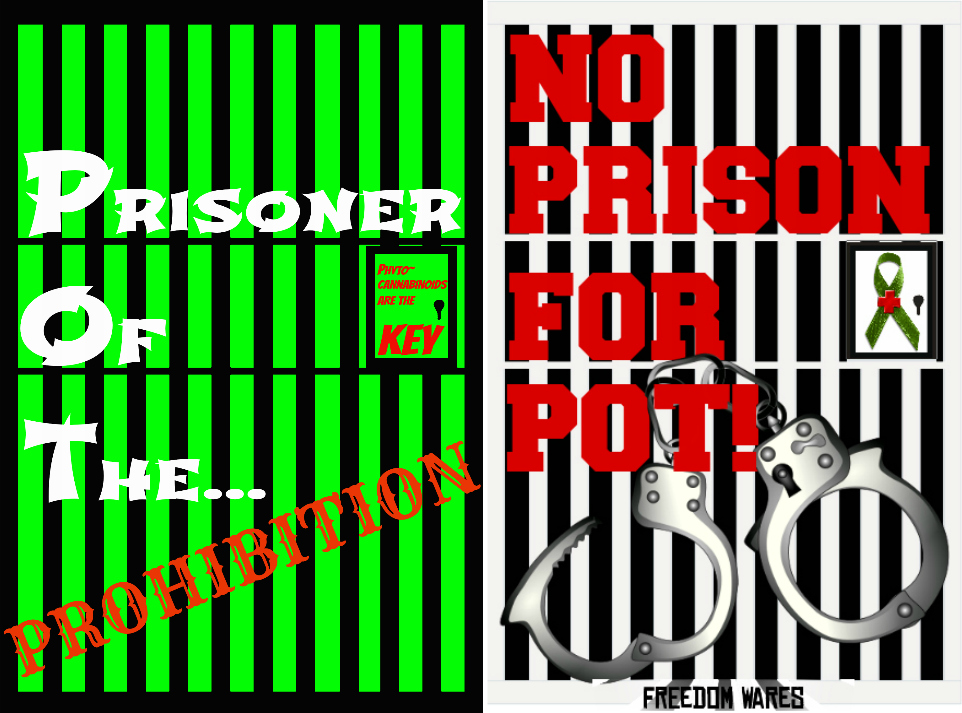Abstract
Objectives: Cannabidiolic acid (CBDa) is pharmacologically unique from cannabidiol (CBD), but its chemical instability poses challenges for potential clinical utility. Here, we used magnesium ions to stabilize two cannabidiolic acid-enriched hemp extracts (Mg-CBDa and Chylobinoid, the latter of which also contains minor cannabinoid constituents) and compared their anticonvulsant activities with CBD in the maximal electroshock seizure test (MES) in rats.
Methods: Sprague-Dawley rats received intraperitoneal (i.p.) injections of Chylobinoid, Mg-CBDa, or CBD at varying doses at discrete time points. Rats were challenged with a 0.2 s, 60 Hz, 150 mA corneal stimulation and evaluated for resultant hindlimb tonic extension. Dose-response relationships were calculated using Probit analysis and statistical significance was assessed with a two-sample z-test.
Results: Median effective doses (ED50) and 95 % confidence intervals were calculated for each compound and adjusted according to percentage of CBDa (w/w): Chylobinoid: 76.7 (51.7-109.2) mg/kg. Mg-CBDa: 115.4 (98.8-140.9) mg/kg. CBD: 68.8 (56.6-80.0) mg/kg.
Significance: CBDa-enriched hemp extracts exhibited dose-dependent protection in the MES model at doses comparable, but not more effective than, CBD. Chylobinoid was more effective than Mg-CBDa despite lower CBDa content. Test compounds should be compared by sub-chronic dosing in the MES test in order to assess safety and pharmacokinetic profiles. CBDa should be evaluated in pharmacoresistant and chronic animal models of epilepsy.
Keywords: Cannabidiol, Cannabidiolic acid, Cannabis, Entourage effect, Epilepsy, Maximal electroshock seizures
Copyright © 2020 The Authors. Published by Elsevier B.V. All rights reserved.


